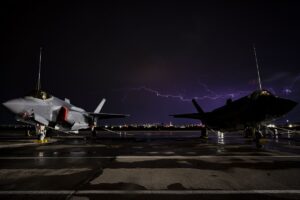
The House Armed Services Committee's (HASC) tactical air and land forces panel wants the Pentagon to submit a report on the pilot breathing system for the Lockheed Martin [LMT] F-35 fighter after a National Aeronautics and Space Administration (NASA) report last November pointed to hypoxia-like incidents and cognitive impairments among F-35 pilots. The HASC tactical air and land forces panel's portion of the committee fiscal 2022 National Defense Authorization Bill requires Defense Secretary Lloyd Austin, in consultation with NASA Administrator…














